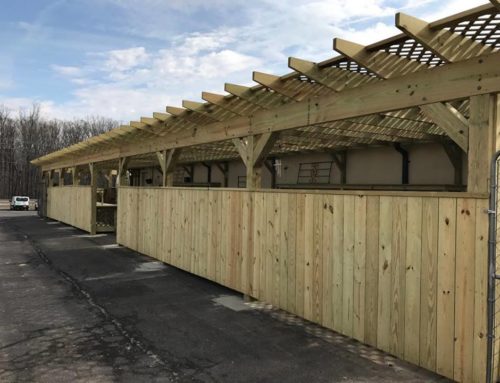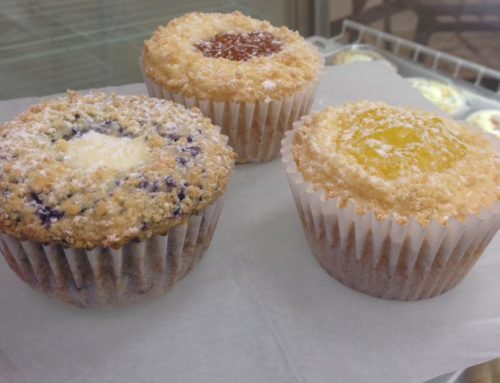“CHECK YOUR PIGGY BANK! RARE PENNIES FETCHING $85,000 AT AUCTION”.
This article title from Houston’s KTRK-TV caught my eye and then piqued my curiosity so I started doing some digging. After that, the information was just too much fun to not share with the On Lake Time readers. And I must confess – it made me go look at my spare change. This is what I learned-
In 1943, during the war, there was a copper shortage due to the fact that copper was used in ammunitions and other war equipment. As a result, the U.S. Mints in Philidelphia, San Francisco, and Denver began minting the One Cent Lincoln Penny in steel and are called steel pennies or war pennies. However, there were a few pennies in 1943, the Copper Wheat Pennies, that were, by mistake or accident, made with the high demand copper. Experts are assuming that the copper plates were either left over from 1942 and just used along with the steel penny plates or that the pennies had been tested in copper before running the steel pennies. Either way, these 1943 Copper pennies, are very valuable.
Several sources claim that there are fakes (copper coins with altered dates) being sold at auction so if you do indeed find a copper 1943 penny in your grandmother’s stash the best way to initially test it is to see if it sticks to a magnet. The largest quantity of 1943 pennies were actually minted in steel and coated with a thin layer of zinc which will stick to the magnet, the much more valuable copper pennies will not. Either way, if you find a 1943 penny, copper or steel, you are probably in luck because even the steel pennies, most of which have been removed from circulation, are worth some cash.
Perhaps the most interesting part of this story for me was that the government was forced to quit stamping the “steel’ pennies. This was due to the fact that magnets placed within vending machines to sort out steel slugs designed to rip the machines off were also refusing the valid steel pennies because of their high steel content. It was at that time that the U.S. Mint developed a way to salvage used copper shell casings from the war effort, mixing them with a small amount of pure copper and used this alloy for pennies though 1946 stampings.
So if you are like most of us and have a penny jar, dig it out and dump it and see if you have a hidden gold mine! Or if the kids are complaining about how bored they are on a rainy afternoon – Send them on a treasure hunt! This would be a great time to teach them about coins, the minting process and the hidden marks on our change. Why not challenge them to first find the date and then a little more difficult, the mint mark. The mint mark on U.S. Coins can vary from “D” for Denver, “O” for New Orleans, “S” for San Fransisco, “P” for Philadelphia, “W” for West Point and “CC” for Carson City. Most but not all mint marks are found on the lower side of the coin and either on the front or back depending on the coin. Some coins minted at the Philadelphia, Pennsylvania facility do not carry a mint mark since this is the main production facility for the mint. Who knows, the kids may discover their college tuition in your penny jar.





